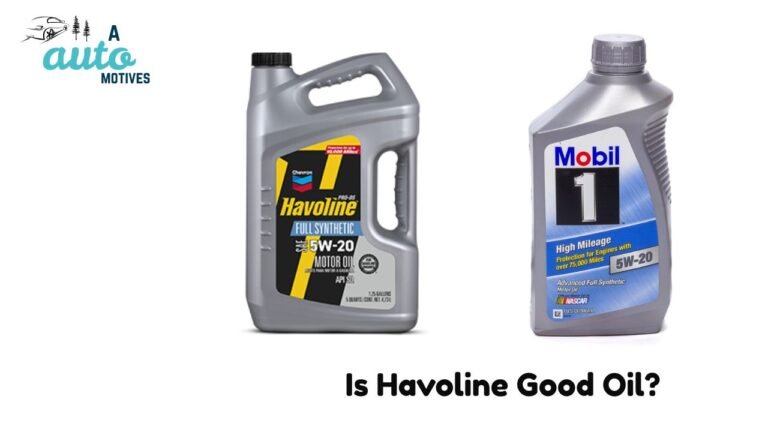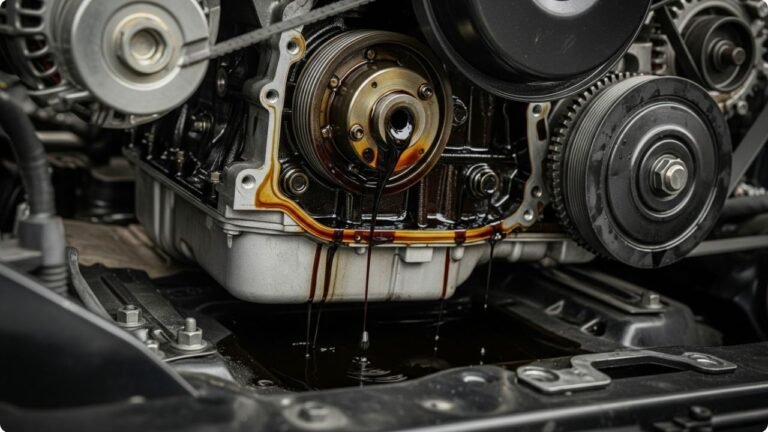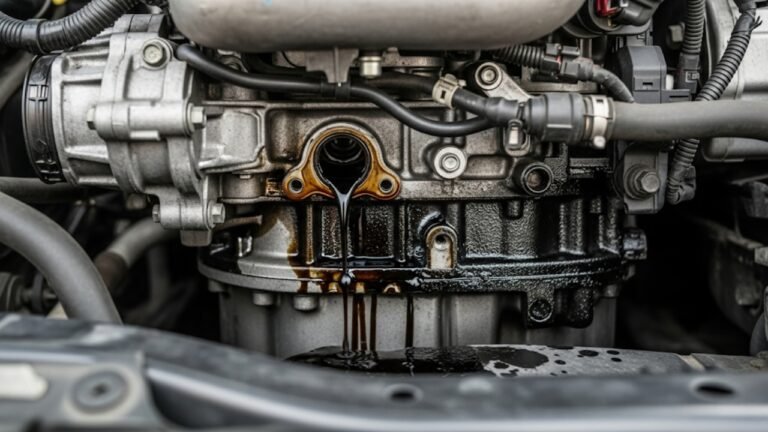Liqui Moly vs Valvoline: My Honest Experience
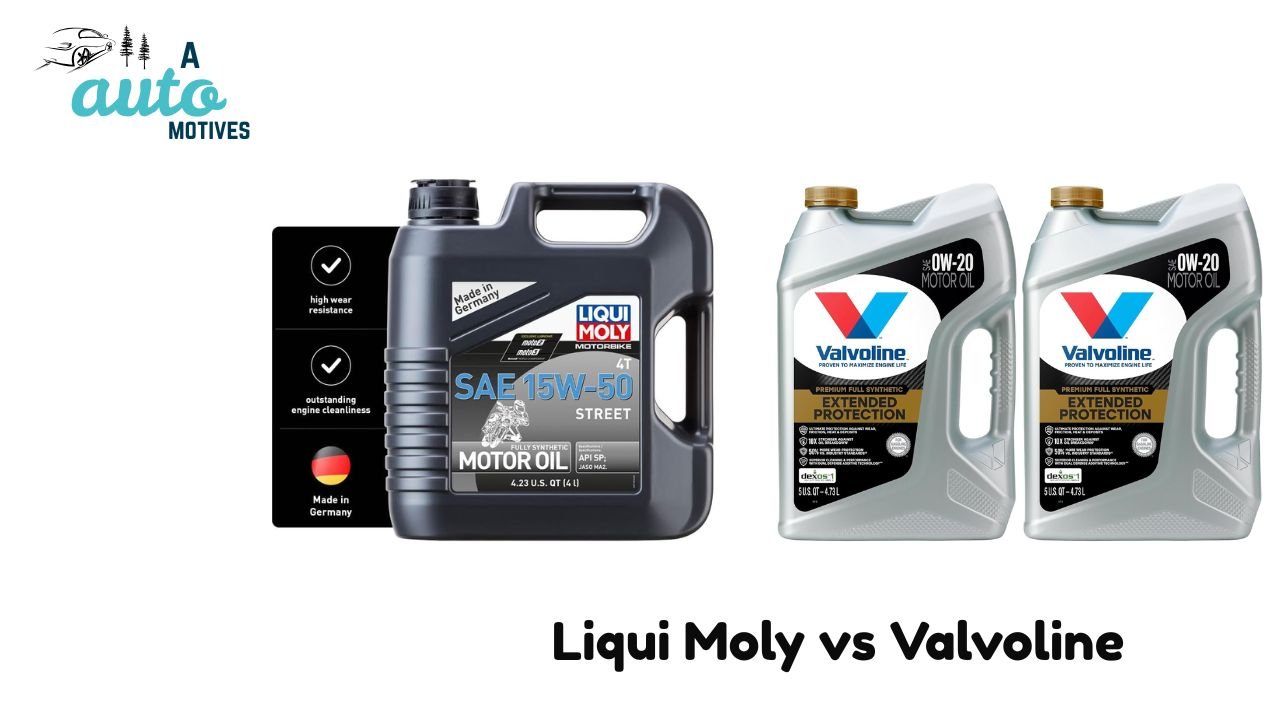
When it comes to engine oils, I’ve always believed that the right choice isn’t just about what’s on the label — it’s about how your car feels when you drive. Smooth acceleration, quiet idling, and that reassuring hum on the highway — these are the moments that reveal whether an oil truly delivers. Over the past few years, I’ve tested both Liqui Moly and Valvoline under all sorts of conditions — from 100°F summer heat to icy winter mornings. And honestly, both impressed me in different ways. But they’re not equal.
Let me walk you through what I learned after months of real-world use — not lab tests, but actual hands-on experience. If you’re trying to decide between these two giants, you’ll want to hear this story.
Is Liqui Moly Really That Good? My First Impression
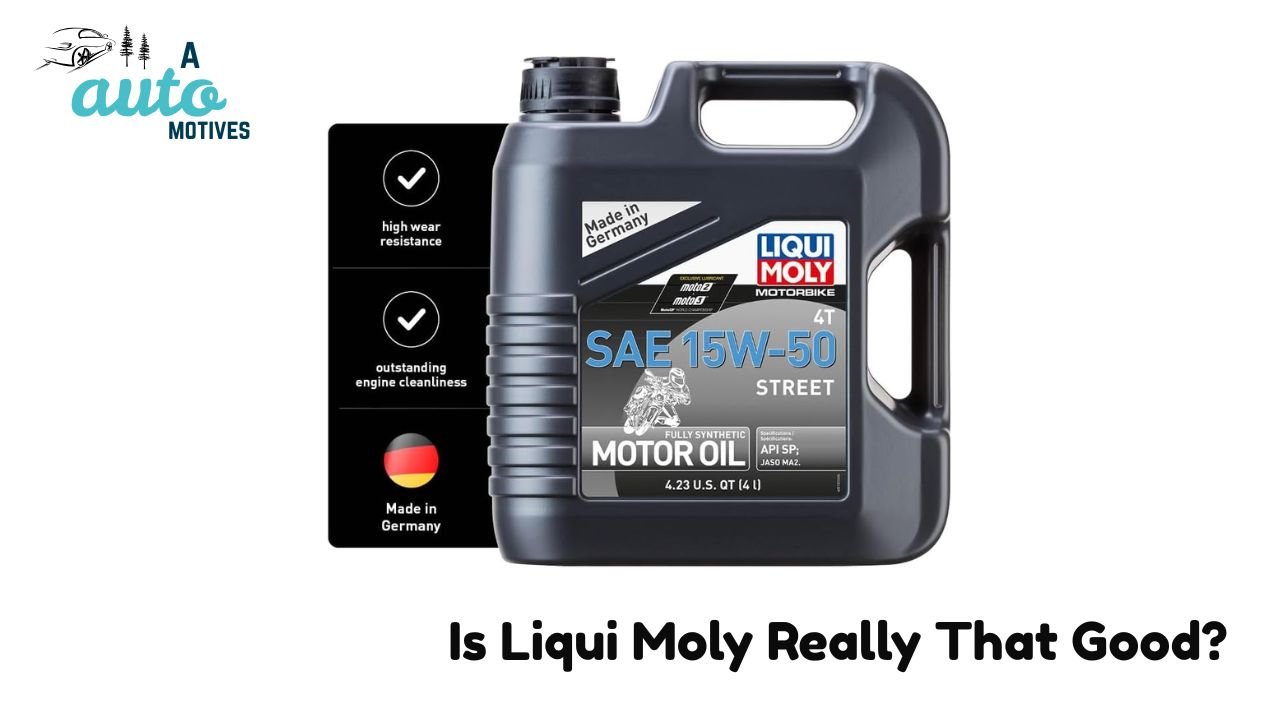
I remember the first time I poured Liqui Moly 5W-40 into my old Toyota Corolla. The car was about eight years old at the time, with roughly 90,000 miles. I’d read rave reviews about Liqui Moly’s German engineering, but I was skeptical. After all, how different could engine oil really be?
The difference was immediate. The first cold start after the oil change felt almost effortless. The engine didn’t struggle or grumble the way it usually did on cold mornings. Within a week, I noticed my idle was smoother, my acceleration more responsive, and the cabin noise reduced slightly — almost like the car had found its rhythm again.
That’s when I started digging into why Liqui Moly felt different.
Liqui Moly uses a unique additive blend — particularly Molybdenum Disulfide (MoS₂) — which forms a protective layer between metal parts. It’s like a microscopic cushion that minimizes friction, especially during start-up when most engine wear occurs. Combine that with their fully synthetic base oil, and you get a formula that holds up remarkably well under stress.
Even after 5,000 miles of mixed city and highway driving, the oil color remained lighter than other brands I’d used. My fuel economy ticked up slightly too — around half a mile per gallon, but noticeable over time.
So yes, Liqui Moly lived up to its reputation. It felt premium — not flashy, but refined.
What I Liked About Liqui Moly
The standout thing about Liqui Moly is consistency. Some oils start strong but lose performance halfway through an oil cycle. Liqui Moly doesn’t. Even at 8,000 miles, the engine felt stable, and there was no noticeable drop in responsiveness.
Here’s what truly impressed me:
-
Superior Engine Protection:
The anti-friction additives genuinely work. Metal-on-metal wear is reduced, and the car feels smoother even at high RPMs. -
Perfect for High-Mileage Engines:
My Corolla wasn’t new, but Liqui Moly helped reduce minor oil burn and kept the engine clean. -
Cold Weather Reliability:
Winters here can be brutal. Liqui Moly’s cold-start performance was one of the best I’ve seen. No sluggish start, no rough idle. -
Improved Fuel Economy:
Less friction means the engine doesn’t work as hard. It’s not a miracle fuel saver, but the efficiency bump is real. -
Certified and Trusted:
With API SN and ACEA A3/B4 certifications, it meets (and often exceeds) European and U.S. standards.
But no product is perfect — and Liqui Moly has its quirks too.
Where Liqui Moly Could Be Better
The biggest downside? Price.
Liqui Moly isn’t cheap. It costs noticeably more than Valvoline or other mainstream oils, and you’ll feel that on your wallet, especially if you own multiple vehicles.
Then there’s availability. Not every local auto shop carries it. Sometimes I had to order online and wait a few days. For someone used to grabbing a bottle off the shelf at Walmart, that’s inconvenient.
Lastly, while it’s amazing for European or performance vehicles, not every American car needs oil this advanced. If you’re driving an older pickup that just hauls groceries, it might be overkill.
Still, for drivers who truly care about longevity and performance, Liqui Moly is a top-tier choice. It’s like feeding your car premium fuel — not required, but you feel the difference.
My Honest Verdict on Liqui Moly
If you love your car — I mean really love it — Liqui Moly makes sense. It’s ideal for those who drive turbocharged or direct-injection engines, or anyone who pushes their car hard on the highway.
But if you’re the kind of driver who just wants reliable oil changes without spending extra, you might be happier elsewhere.
For me, Liqui Moly turned my aging sedan into a car that felt alive again. It was smoother, quieter, and more efficient. I won’t say it performs miracles, but it’s definitely the kind of oil that helps engines age gracefully.
Then I Tried Valvoline — And Here’s the Truth
After using Liqui Moly for nearly a year, I switched to Valvoline Advanced Full Synthetic 5W-30 out of curiosity. Valvoline has been around forever — literally one of the oldest motor oil brands in the U.S. And honestly, I wanted to see if something so familiar could compete with a high-end German oil.
I started with my daily commuter — a 2016 Honda Civic. The installation was quick, and unlike Liqui Moly, Valvoline was easy to find at my local auto store.
At first, I didn’t notice much difference. The engine sounded normal, idle was smooth, and fuel economy remained steady. But after a few weeks, what stood out was stability. Even in stop-and-go traffic, the temperature stayed consistent. My Civic’s engine ran cool, even during long, hot summer drives.
Valvoline may not have the fancy European marketing, but it’s built for real-world American conditions — city traffic, long commutes, and unpredictable weather.
Why Valvoline Surprised Me
I expected Valvoline to be just another “good enough” oil. I was wrong. It’s one of the few brands that’s managed to blend affordability with reliability — and that’s rare.
Here’s what I loved about Valvoline after using it across multiple oil change intervals:
-
Strong Protection for Daily Drivers:
Whether it’s highway driving or urban crawling, Valvoline’s synthetic line holds up. My oil didn’t break down even after 6,000 miles. -
Great Cold Start Performance:
It flows well in low temperatures, making it a dependable winter option. -
Longer Oil Change Intervals:
The Extended Protection variant easily lasts 8,000–10,000 miles with consistent performance. -
Wide Availability:
Unlike Liqui Moly, I can find Valvoline just about anywhere — auto shops, Walmart, Amazon, even gas stations. -
Affordable Without Sacrificing Quality:
This might be its biggest advantage. You get synthetic-level protection without the premium price tag.
But let’s be real — no oil is flawless, and Valvoline has a few caveats worth mentioning.
Where Valvoline Falls Short
While Valvoline performs impressively for the price, it doesn’t quite match Liqui Moly’s refinement. After 7,000–8,000 miles, I noticed the engine began feeling slightly louder — not rough, but less silky than when the oil was fresh.
Another small issue: Valvoline’s synthetic blend vs full synthetic labels can be confusing. Many buyers grab the blend thinking it’s full synthetic, and then wonder why performance feels average. You really have to read the label carefully.
And while Valvoline’s high-mileage variant is good, I found it less effective at reducing minor oil consumption compared to Liqui Moly’s formulas.
Still, these are minor nitpicks for an oil that delivers excellent value.
Valvoline in Real-World Use
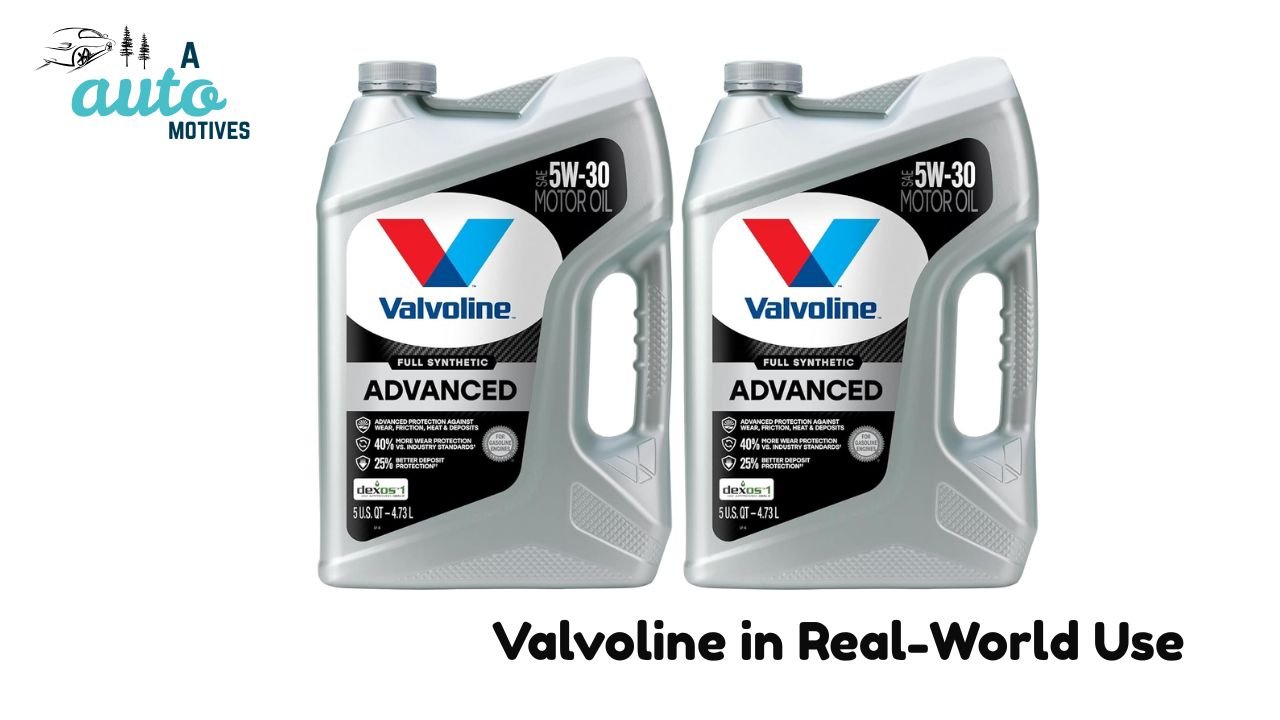
When I used Valvoline High Mileage on my older Honda Accord (with 130,000 miles), I could tell it was formulated for aging engines. The oil contained seal conditioners that slightly reduced small leaks and oil burn. Over a few months, I noticed fewer top-ups between oil changes — not gone completely, but noticeably reduced.
For a daily driver, Valvoline just makes sense. It’s easy to find, easy to trust, and priced right.
If Liqui Moly feels like a fine-tuned European sports car, Valvoline is like a dependable American pickup — strong, affordable, and built for everyday life.
Liqui Moly vs Valvoline: My Side-by-Side Experience
Here’s where things get interesting. Over the years, I’ve run both oils in similar conditions — city commutes, long highway trips, and temperature swings from 20°F to 105°F. What I found was that both have their sweet spots.
Liqui Moly excels in precision. The engine runs smoother, quieter, and cooler under stress. It’s ideal for performance engines or drivers who demand the best from their car.
Valvoline, on the other hand, shines in practicality. It’s reliable, cost-effective, and delivers 90% of the performance at roughly 60% of the price.
So, which one’s better? It depends on you.
If you prioritize long-term protection, fewer oil changes, and don’t mind spending more, Liqui Moly wins.
If you just want a dependable oil that you can find anywhere and change regularly, Valvoline is unbeatable.
Viscosity and Performance in Real Conditions
When people talk about engine oils, the word viscosity comes up a lot. But here’s the truth — viscosity isn’t just a number like 5W-30 or 10W-40. It’s about how oil behaves in your climate, with your driving habits.
Over the years, I’ve driven through everything — muggy southern summers, chilly mountain mornings, and weeks of stop-and-go urban chaos. That’s where I really started noticing how Liqui Moly and Valvoline handle different temperature ranges.
With Liqui Moly, the oil stayed consistent — no matter how hot the engine got, it didn’t thin out too much. Even after hours on the highway, it maintained viscosity beautifully. During winter, cold starts were effortless. The oil flowed fast, coating engine parts almost instantly. That’s where its German engineering truly shines — it’s built to handle wide temperature swings without compromise.
Valvoline, on the other hand, performed well in moderate climates but showed some variance during extremes. On hot days or long uphill climbs, I could feel the engine getting slightly louder — nothing alarming, but noticeable. However, in cooler weather, Valvoline held its own. It’s predictable and reliable, but you can tell it’s not as refined under intense heat.
If you live in a region with harsh winters or scorching summers, Liqui Moly is worth the upgrade. But if you’re in a temperate climate where it rarely freezes or overheats, Valvoline performs admirably for the price.
Additives: The Secret Sauce Inside Every Bottle
The real difference between these two oils lies in their additive chemistry — those invisible compounds that keep engines clean, minimize friction, and extend life.
Liqui Moly’s formula uses Molybdenum Disulfide (MoS₂) and high-grade detergents. Think of MoS₂ as a microscopic shield — it clings to metal surfaces even when the oil drains off, offering protection during startup (when most wear happens). I’ve personally noticed that after using Liqui Moly, even after long idle periods, the engine fires up smoother — no dry, metallic sound.
Valvoline, on the other hand, relies on a more balanced additive pack designed for versatility. It includes anti-wear agents, detergents, and antioxidants that prevent sludge and deposits. What makes Valvoline appealing is its broad compatibility — whether your engine is new, old, gas, or diesel, there’s a formula that fits.
But if we’re comparing longevity and protection, Liqui Moly’s additives are on another level. Its anti-wear chemistry feels tailor-made for precision engines, while Valvoline feels like a solid, everyday workhorse that’s good at many things but not exceptional at one.
Engine Cleanliness and Longevity
A clean engine is a happy engine — and the oil you use plays a huge role in that. Over time, poor-quality oils leave varnish, sludge, and deposits that rob your engine of performance.
When I first switched to Liqui Moly, I noticed something surprising during my second oil change — the oil drained darker, but not thick or sludgy. That told me it was doing its job cleaning the internals without breaking down. Even at 8,000 miles, it looked healthier than what I’d seen with other brands at 5,000.
With Valvoline, cleanliness depends on the specific type. The Advanced Full Synthetic line does a great job keeping things clean. However, the synthetic blends can allow minor buildup if you stretch oil change intervals too far. In my case, the engine stayed reasonably clean, but the oil looked darker sooner than Liqui Moly’s.
For long-term protection — especially if you plan to keep your car for over 100,000 miles — Liqui Moly gives a more confident performance. It’s the kind of oil that supports engine health over decades, not just years.
Fuel Efficiency and Smoothness
Can engine oil really affect fuel economy? Surprisingly, yes — but not dramatically.
When I switched from Valvoline to Liqui Moly, I noticed a small but consistent improvement of about 2–3% in fuel economy. It’s not life-changing, but for someone who drives a lot, that adds up over time. The key reason is reduced internal friction — Liqui Moly’s formulation helps your engine work a little less to achieve the same performance.
With Valvoline, the experience was stable but neutral. I didn’t lose fuel efficiency, but I didn’t gain much either. Where Valvoline shines is smoothness under stress — it maintains stability even during long drives, ensuring your engine runs predictably.
If you’re chasing every last drop of efficiency, Liqui Moly is a step ahead. But for most everyday drivers, the difference won’t be enough to sway the budget-conscious.
Temperature Endurance: The Real Test
Extreme conditions are where engine oils prove their worth. I’ve driven with both oils in peak summer heat — air temps above 100°F — and bitter cold mornings in the 20s.
Liqui Moly impressed me with its thermal resilience. After long drives in scorching heat, the engine still idled quietly and didn’t emit that “hot metal” smell you sometimes get after hard use. Its viscosity held steady, and the oil didn’t degrade noticeably.
Valvoline handled moderate extremes well but showed mild signs of thinning under heavy, prolonged heat. The difference isn’t dramatic — you won’t blow your engine — but if you frequently tow, drive long uphill grades, or live in a desert region, Liqui Moly’s stability is worth every penny.
In freezing conditions, both performed admirably, but Liqui Moly flowed faster during cold starts. That tiny difference may not matter in a mild climate, but in subzero mornings, it’s reassuring.
Longevity Between Oil Changes
This one surprised me the most.
With Liqui Moly, I comfortably stretched oil changes up to 10,000 miles (with proper filters). The performance didn’t degrade, the oil didn’t turn into sludge, and the engine remained consistent.
With Valvoline, I preferred staying around the 6,000–7,000 mile mark. Beyond that, performance slightly dipped — idling grew rougher, and fuel economy slipped a bit. Valvoline’s Extended Protection variant performs better, but it’s still shy of Liqui Moly’s endurance.
For people who like longer maintenance intervals, Liqui Moly saves both time and hassle, even if it costs more upfront.
Real Cost vs. Long-Term Value
At first glance, Liqui Moly feels expensive — sometimes double the price per quart compared to Valvoline. But if you stretch the oil change interval by 40–50%, the cost difference starts balancing out.
Let’s break it down simply:
-
Liqui Moly: Higher initial cost, fewer oil changes, better engine protection.
-
Valvoline: Lower upfront cost, more frequent changes, slightly less longevity.
If you plan to keep your car for a decade, Liqui Moly might actually save you money by reducing wear and extending engine life. But if you lease vehicles, trade them often, or don’t rack up big miles, Valvoline’s affordability makes more sense.
The Feel Behind the Wheel
This might sound subjective, but I always pay attention to how the car feels after an oil change. There’s something about the way an engine breathes, idles, and accelerates that reveals a lot about the oil’s performance.
When I used Liqui Moly, the throttle response felt slightly sharper. The car revved freely and settled into a smooth hum on long drives. It’s like the difference between wearing tailored shoes versus a generic pair — you only realize the subtle comfort after spending time with it.
Valvoline, on the other hand, gives a dependable, sturdy feel. The engine feels strong, predictable, and solid. There’s no refinement magic like Liqui Moly, but you also never feel shortchanged. For everyday commuting, it’s perfect.
Who Should Use Which?
After years of testing both, here’s my honest take — broken down by the type of driver you are.
Go with Liqui Moly if:
-
You drive a European or performance-oriented car (BMW, Audi, Mercedes, Volkswagen).
-
You experience extreme heat or cold regularly.
-
You prefer longer oil change intervals.
-
You want premium protection and refinement.
Choose Valvoline if:
-
You drive daily and want a dependable, affordable option.
-
You have American or Asian cars designed for mainstream oil specs.
-
You change your oil regularly and prefer convenience.
-
You want good protection without paying premium prices.
It really comes down to priorities. Liqui Moly is the choice for enthusiasts and meticulous owners. Valvoline is the choice for practicality and everyday reliability.
My Final Verdict
After using both for thousands of miles, across different cars and climates, I can confidently say: both Liqui Moly and Valvoline are excellent oils — but for different reasons.
Liqui Moly wins in engineering finesse. It’s the oil that whispers rather than shouts. Your car runs quieter, smoother, and just feels more “alive.” It’s a long-term investment in your engine’s health.
Valvoline wins in accessibility and real-world dependability. It’s the oil you can find at any store, change on your driveway, and trust to perform without fuss. For the average driver, that’s a huge advantage.
If I had to pick one for performance and longevity, I’d choose Liqui Moly. If I were recommending a reliable, budget-friendly option for daily drivers, it would be Valvoline — hands down.
In the end, both brands have earned my respect. Liqui Moly feels like a meticulous craftsman; Valvoline feels like a reliable friend. And depending on the car you drive — and the way you drive it — either one can be the perfect match.
Final Thoughts
Engine oil isn’t just maintenance — it’s the lifeblood of your car. Whether you pick Liqui Moly for its precision or Valvoline for its reliability, the key is consistency. Change your oil regularly, choose the right viscosity for your climate, and never cut corners with filters.
I’ve learned that good oil isn’t about brand loyalty — it’s about fit. And once you find the right one, your car will let you know — in the way it purrs on cold mornings, hums down the highway, and thanks you quietly for taking care of it.

